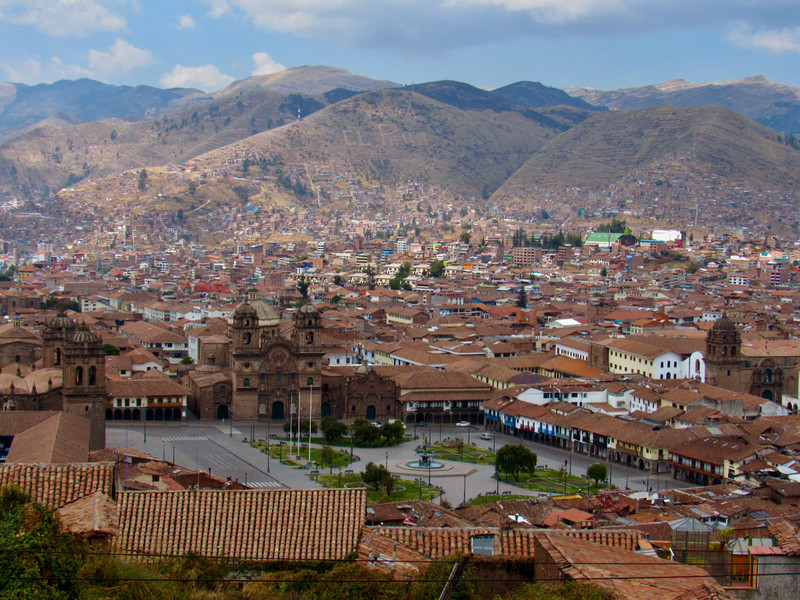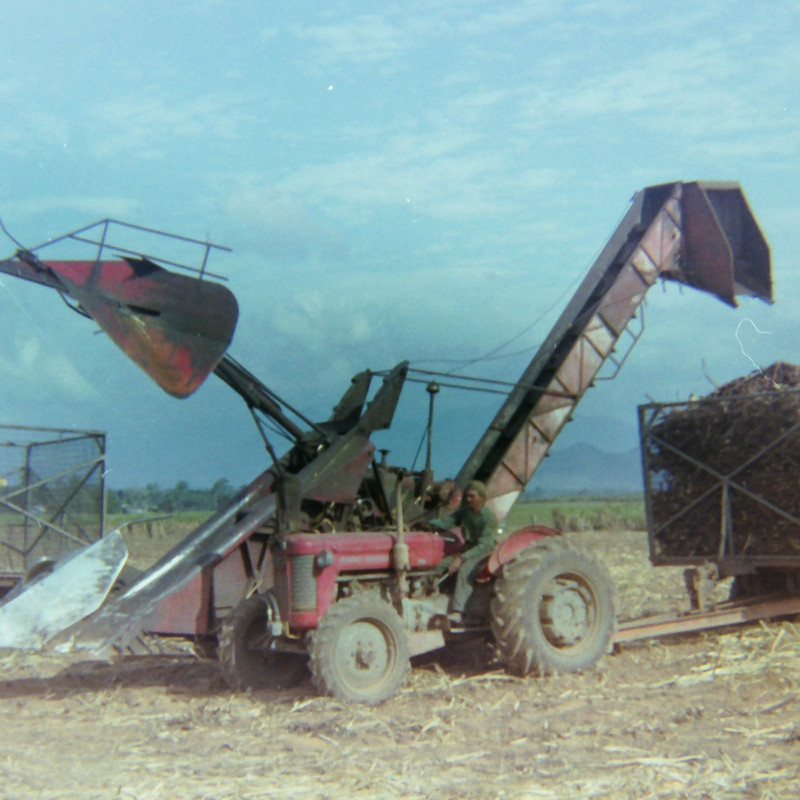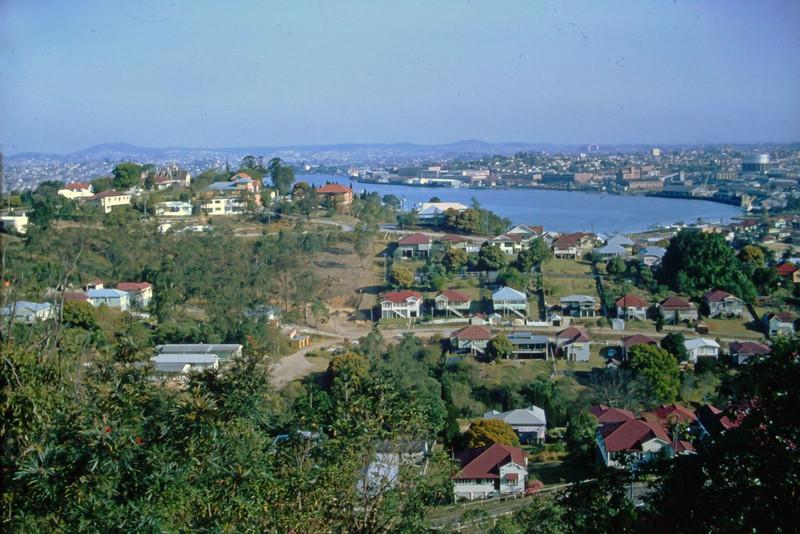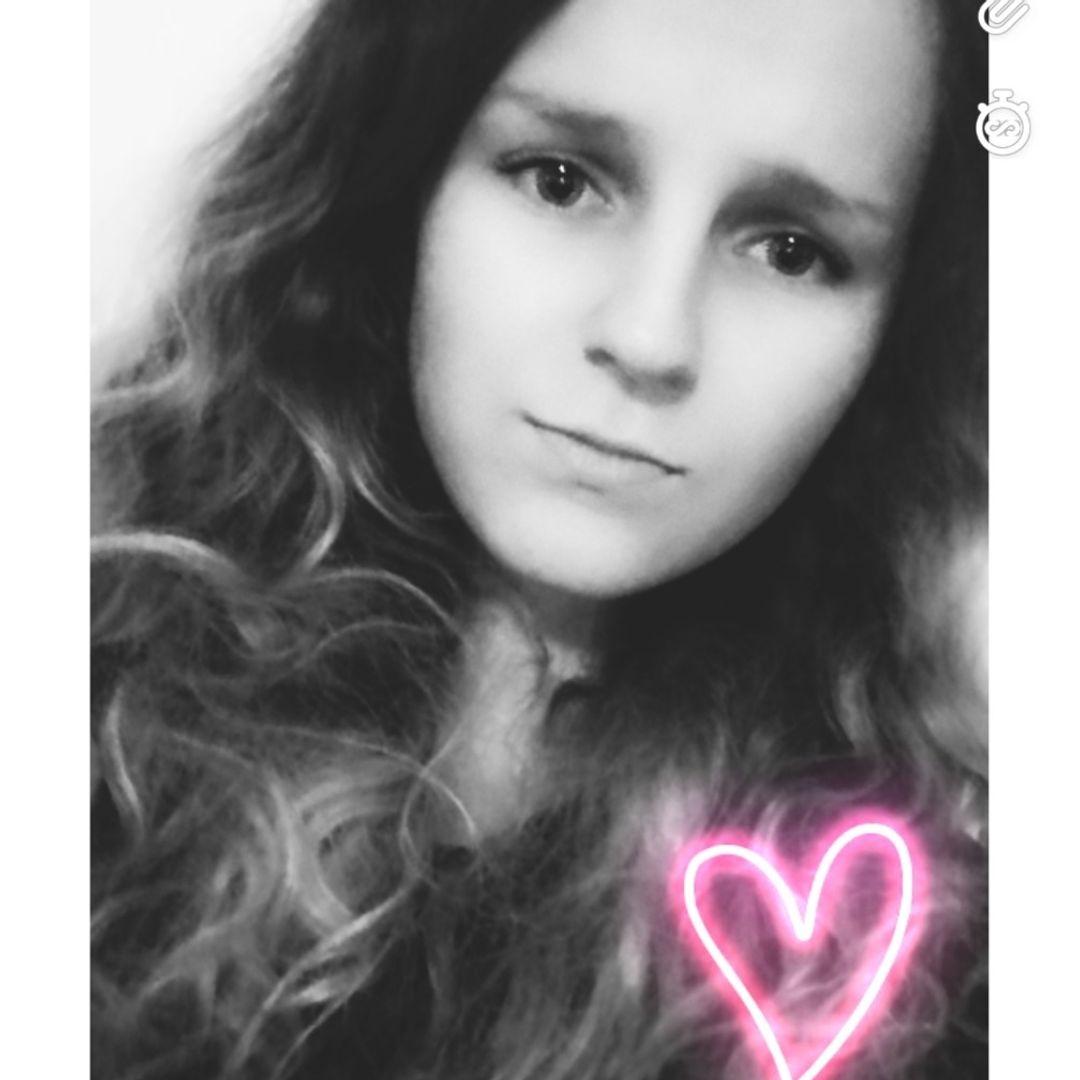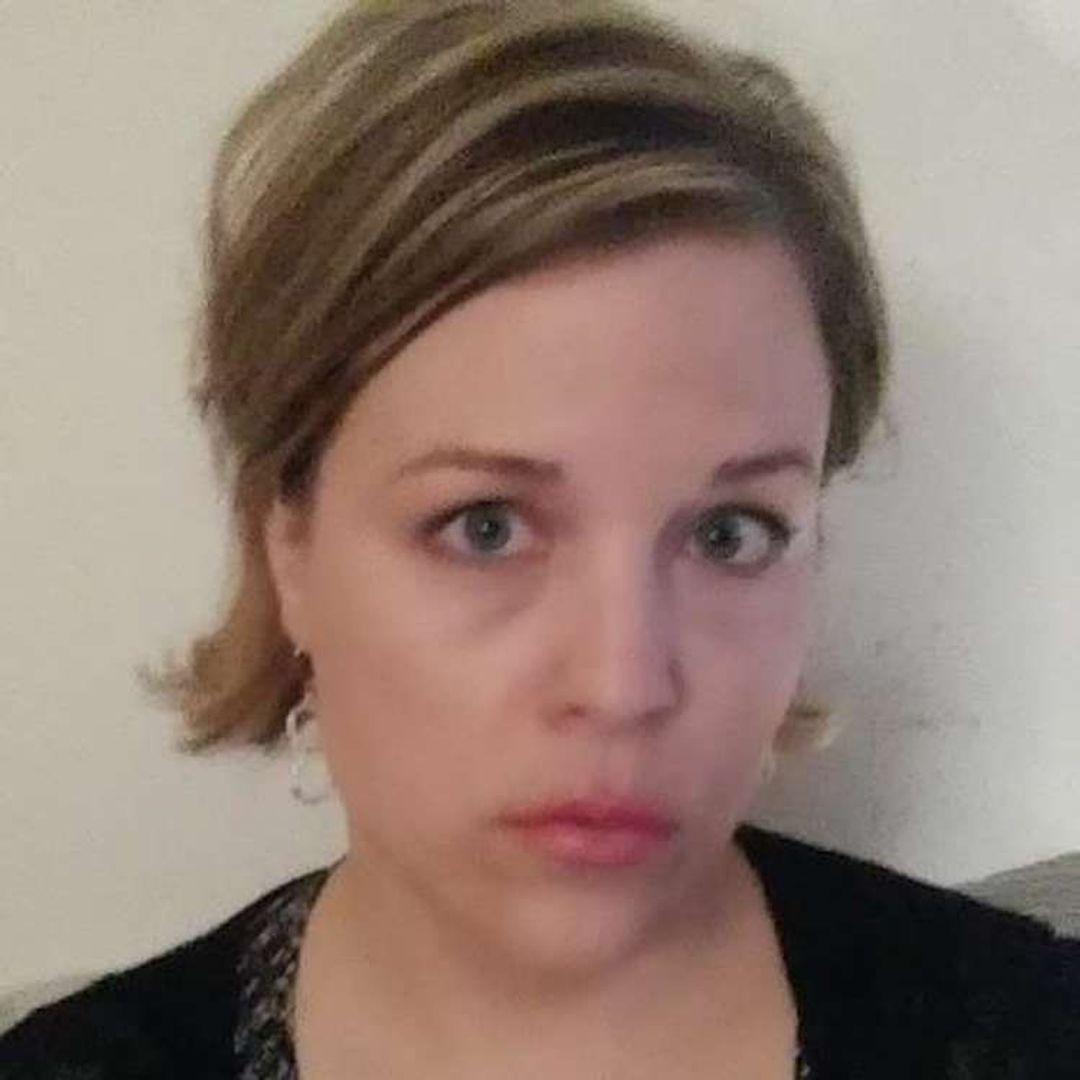Cusco has gone back into a tighter quarantine/lockdown. Transportation in and out of the city is again limited to supply chain necessities, which I appreciate because the selection of fresh fruit and vegetables hasnt changed.
I was woken up today by a call from my parents. My Dad had bought me a cake and put candles in it to celebrate today being my one year anniversary living in Cusco. It doesnt feel like its been a year already, probably because almost half of that year Ive been quarantined in my house.
The lockdown in Peru started on March 15th and was immediate. There was no easing into it here. One day things were normal, the next day the military and police patrolled the streets to keep us inside. In June and July some restrictions were lifted, but many have been put back in place for August. My favorite of these restrictions (no sarcasm) is the full day Sunday curfew. Nobody is allowed to leave the house except for emergencies on Sunday. That means that the construction workers outside my windows wont be here today.
So much has happened in the past year. Ive learned so much and seen so much! I was here for only seven months before the pandemic hit, but in those
We have buildings that survived the conquest by the Spanish. We have the Quechua language. We have some history. Actually, we have so little that I was surprised to learn that this stone in the foreground, with half of a chakana carved on all four sides, is original Inca masonry. Its next to the San Cristobal church, if youre looking for it in Cusco.
seven months I managed to hike the short Inca Trail, see Machu Picchu for a fourth and fifth time, hike the Lares trek, go see the northern coast of Peru by the Ecuadorian border and visit Paracas National Park and the Islas Ballestas. Most of those trips have their own blogs, but there were also so many things I learned that arent the normal topics for my blogs.
I learned how the tourism industry works in Cusco and I learned about all of the different treks besides the Inca Trail. From all of my experience as a traveler, it was easy to know what information would be most important to them and how to best convey that information. Still, it was my first time working in sales and customer service since I had sold kayaks for Idaho River Sports in the summer of 1999.
I learned a lot of Peruvian vocabulary, some of from Quechua. Here an avocado is called palta, a pen is lapicero, a is polo and boiled potatoes are papa sancosecha. I also learned a lot of Quechua. I can say all of the greetings like good morning and good afternoon and
This is the path that links Cusco to some of in the hills above town - and goes right through the Sacsayhuaman archeological site.
ask people how they are. I can say all of the goodbyes including see you tomorrow and goodnight. I know tree names, birds and other animals. I can give a toast, especially when drinking chicha. I can talk about the weather and food.
I learned more about Inca history, culture and architecture. Having already visited Cusco three times, and read a lot of books, I arrived thinking that I already knew a lot. However, living here I am surrounded by the history, culture and architecture. I dont need books. I just need to look around me and talk to people about what I see. Learning from real people is so much better because they can not only give me a synthesis of the most accepted theories from multiple archeologists, they can also answer my questions on the spot.
I learned how to work in an office where I was the only I was the sole English speaker in the office, so had to be in Spanish. I learned to understand their jokes and sense of humor. I really think that understanding another cultures sense of humor is the most difficult part of learning their culture.
This poster is in the abandoned entrance to the Sacsayhuaman archeological site. There is nobody there to sell tickets since all archeological sites have been closed since March 15th.
